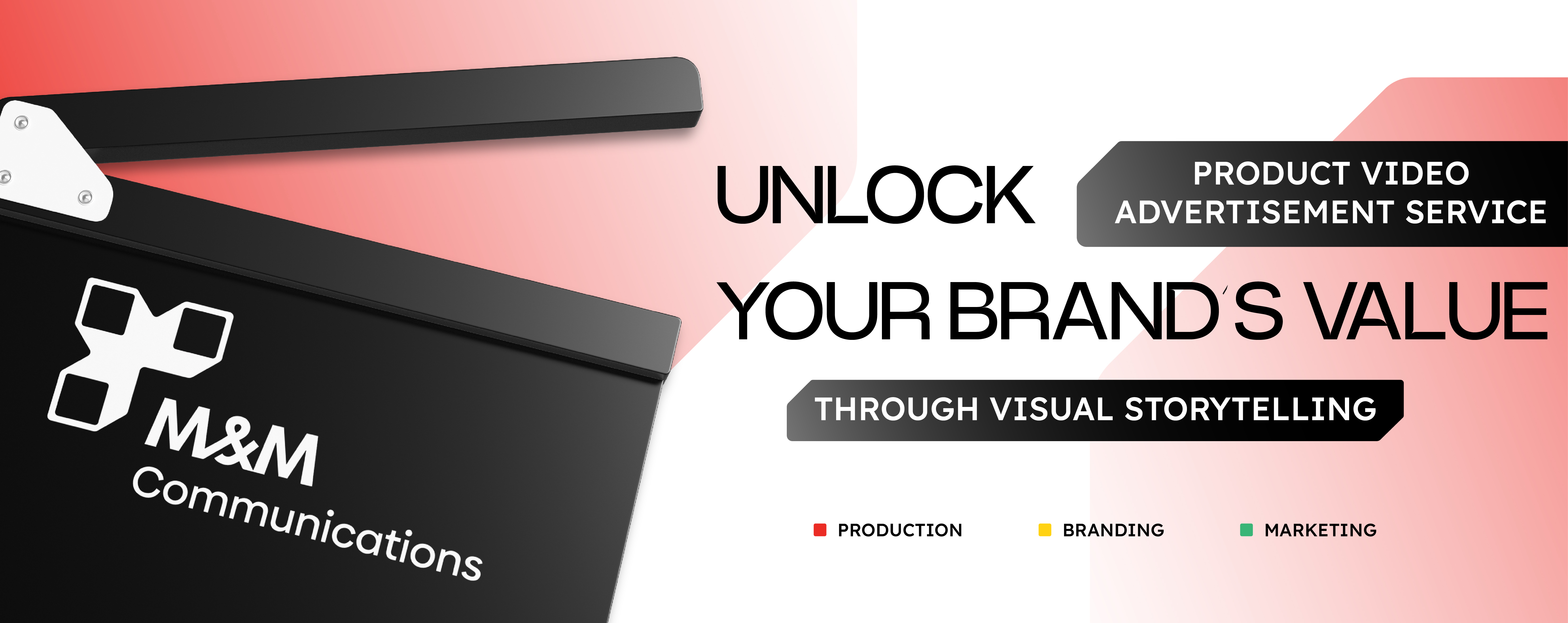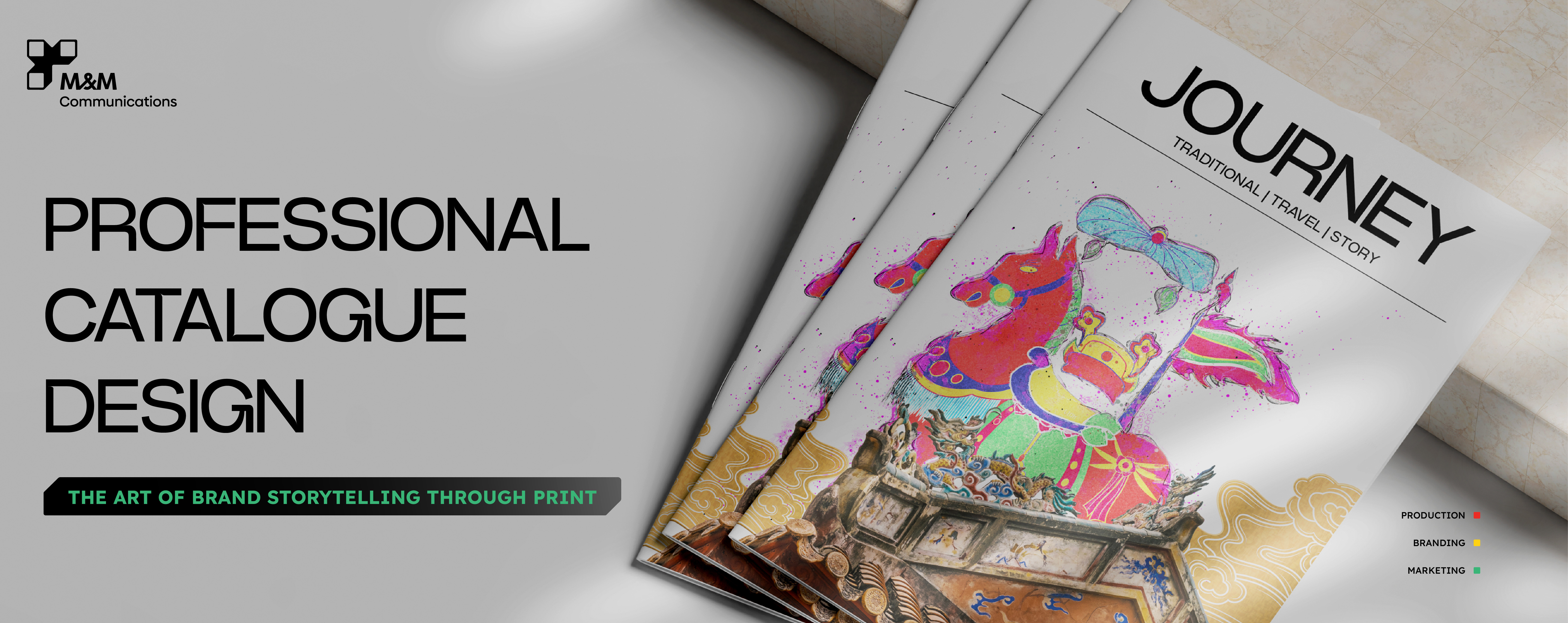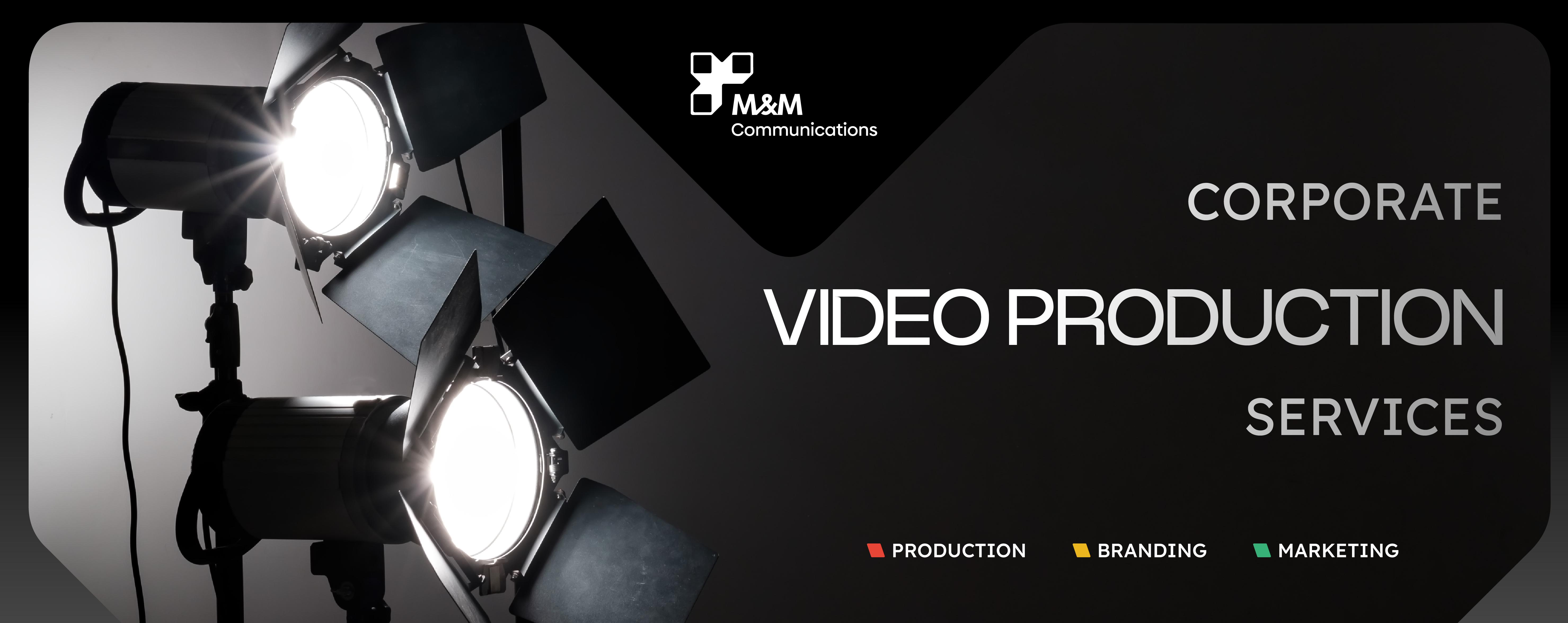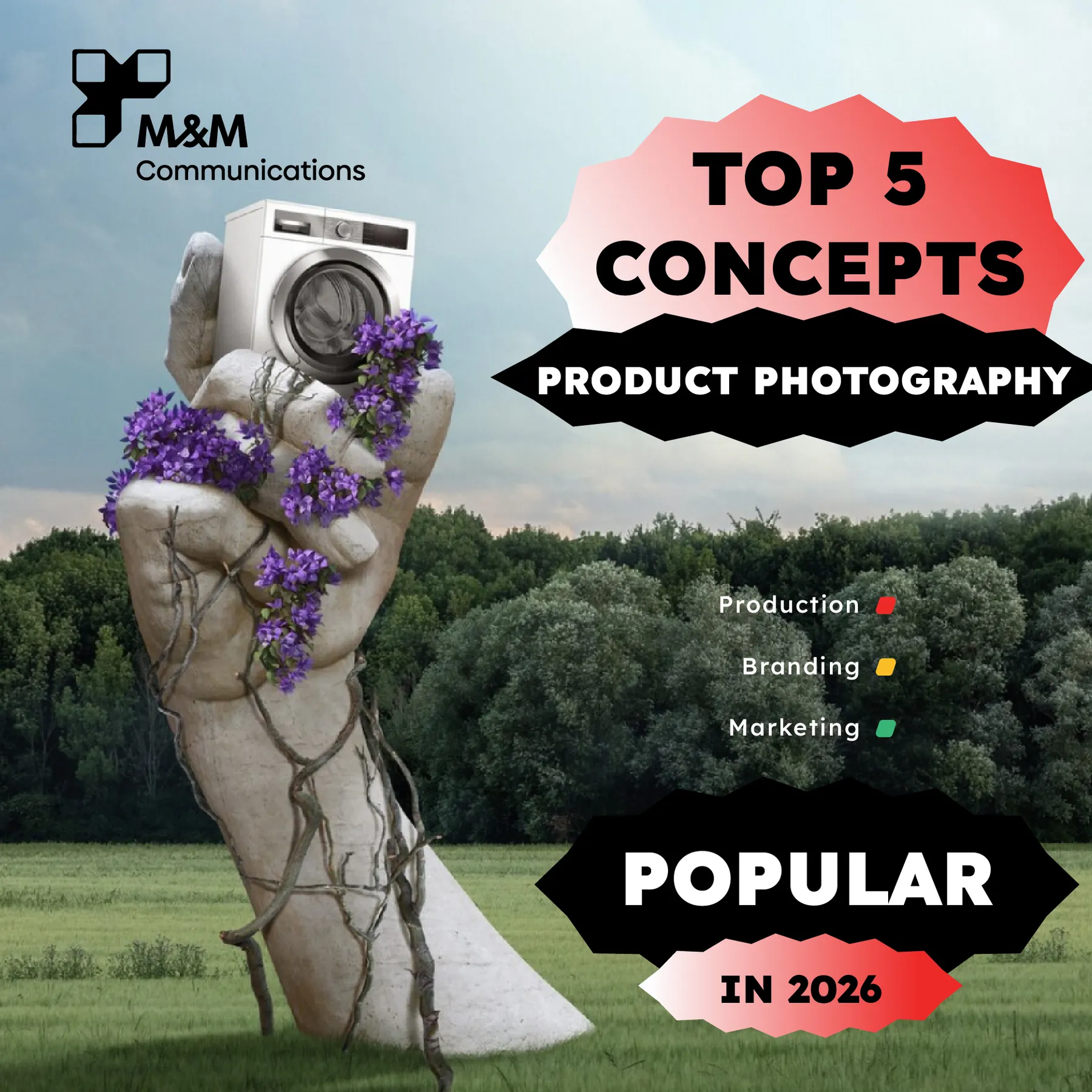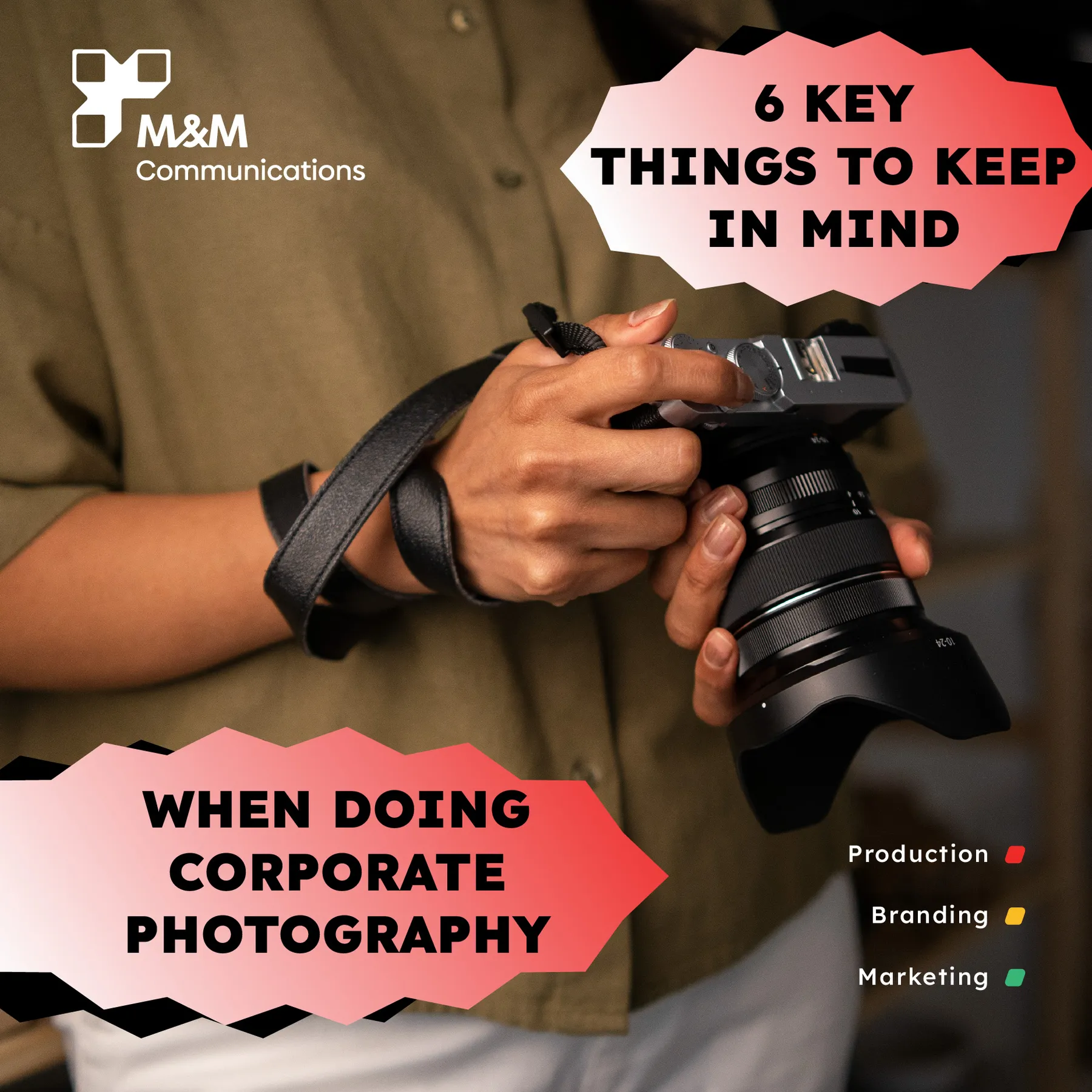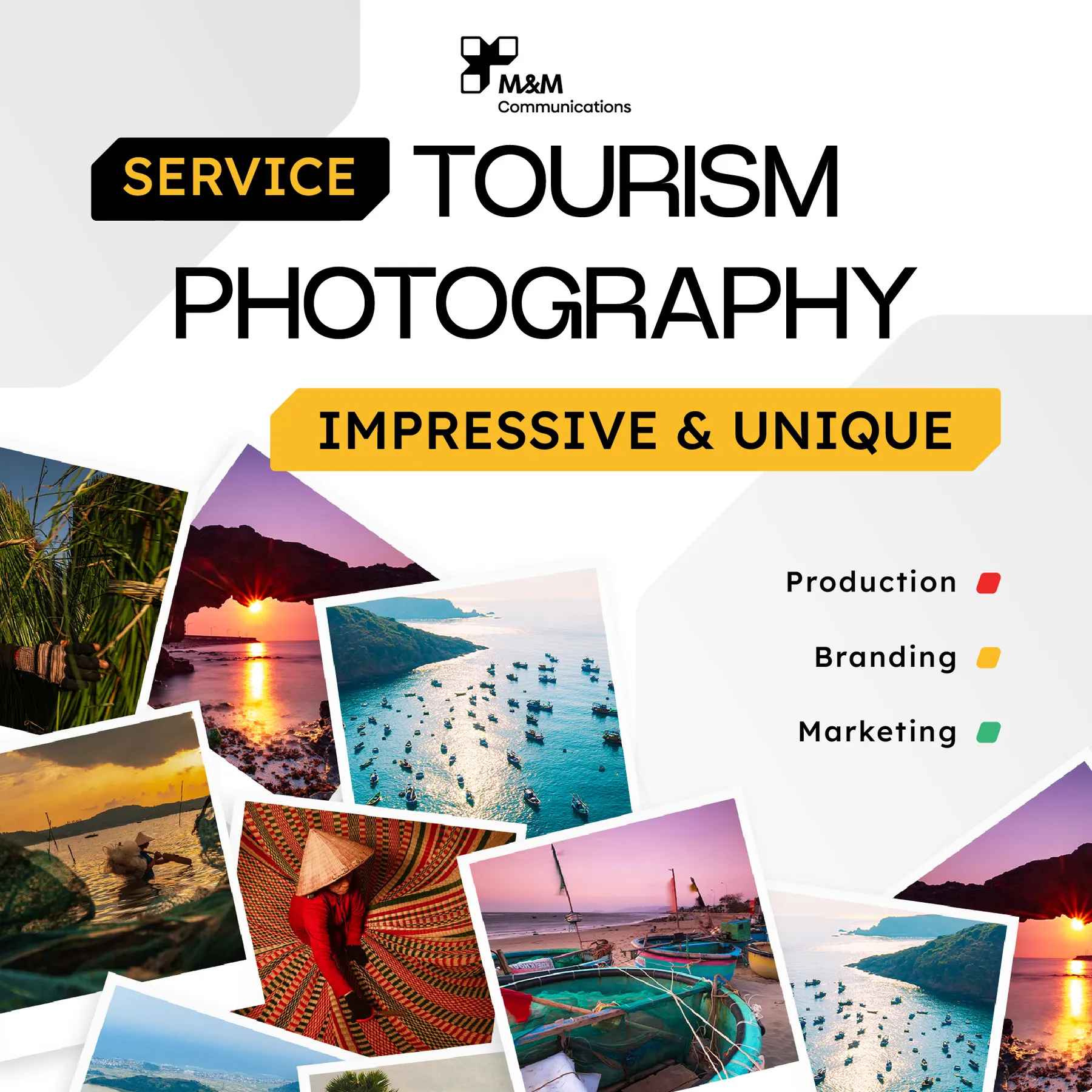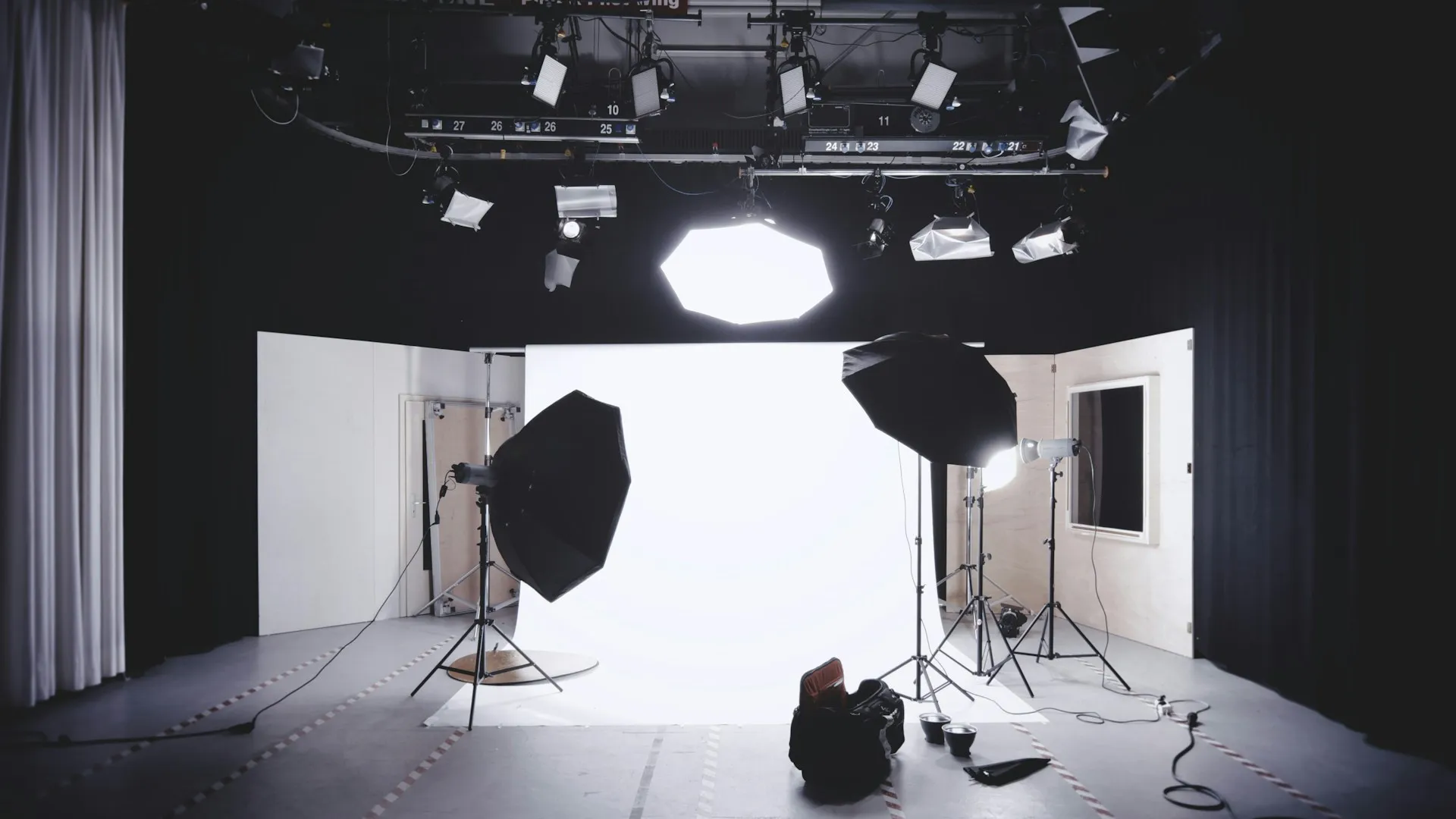
Product Photography 2025: The Art of Selling Through Images for Vietnamese E-commerce
1. The Power of Product Photography in Vietnamese E-commerce
In Vietnam's booming e-commerce market, high-quality product photography is not just important—it's essential. Since online shoppers cannot physically touch or examine products, images become the primary decision-making factor. Compelling product photos build trust, convey quality, highlight features, and ultimately drive sales. Investing in excellent product photography can significantly reduce return rates and increase conversion rates for Vietnamese online businesses.
Why stellar product photography is non-negotiable:
- First Impression Counts: Images are the first thing potential customers see.
- Builds Trust & Credibility: Professional photos signal a reputable seller.
- Communicates Product Value: Highlights details, features, and quality.
- Reduces Purchase Hesitation: Clear images answer questions and reduce uncertainty.
- Increases Conversion Rates: Directly impacts the likelihood of a purchase.
- Lowers Return Rates: Accurate representation reduces mismatched expectations.
- Enhances Brand Perception: Reflects the overall quality of your brand.
2. Essential Equipment for Product Photography
While professional gear helps, good results can be achieved with a range of equipment.
2.1. Camera Options
- DSLR/Mirrorless Cameras: Offer manual controls, interchangeable lenses, and higher image quality. Recommended for serious e-commerce sellers in Vietnam.
- High-Quality Smartphone Cameras: Modern smartphones (iPhone, Samsung Galaxy, Google Pixel) can capture excellent product photos, especially with good lighting and apps.
2.2. Lenses
- Prime Lenses (e.g., 50mm, 85mm): Offer sharp images and good low-light performance.
- Macro Lenses: Essential for capturing fine details in small products like jewelry.
2.3. Tripod
Crucial for sharp, consistent images by eliminating camera shake. Allows for longer exposures in low light.
2.4. Lighting (Covered in Detail Below)
The most critical element. Natural light or artificial studio lights.
2.5. Backgrounds & Surfaces
- Seamless Paper Rolls: White is standard for clean, distraction-free shots. Other colors can be used for branding.
- Light Tents/Boxes: Diffuse light evenly for small products, reducing harsh shadows.
- Reflectors & Diffusers: To bounce or soften light. White foam board is a cost-effective reflector.
- Styling Surfaces: Wood, marble, fabric, or textured backgrounds for lifestyle shots.
3. Mastering Lighting Setups for Different Product Types
Lighting can make or break your product photos. Understanding different setups is key.
3.1. Natural Light Photography
- Pros: Free, soft, and appealing.
- Setup: Position your product near a large window (indirect sunlight). Use a reflector to fill in shadows.
- Best for: Food, clothing, lifestyle products.
- Challenges for Vietnamese Sellers: Inconsistent due to weather; may require shooting at specific times of day.
3.2. Artificial Lighting (Studio Strobes or Continuous Lights)
- Pros: Consistent, controllable, allows for shooting anytime.
- Key Light: The main light source, illuminating the product.
- Fill Light: Softer light to fill in shadows created by the key light.
- Backlight/Rim Light: Separates the product from the background and adds depth.
- Background Light: Illuminates the background separately if needed.
3.3. Specific Lighting Setups
- Single Light Setup: Key light with a reflector for a simple, dramatic look.
- Two-Light Setup: Key light and fill light for balanced illumination.
- Three-Point Lighting: Key, fill, and backlight for a professional, well-defined look.
- Light Tent/Box Setup: Ideal for small, reflective products (jewelry, electronics) to create soft, even lighting.
4. Product Styling Tips for Compelling Visuals
Styling adds context, appeal, and tells a story about your product.
4.1. General Styling Principles
- Cleanliness: Ensure products are spotless and free of dust, fingerprints, or imperfections.
- Simplicity: Avoid clutter; the product should be the hero.
- Rule of Thirds & Composition: Create visually balanced and engaging shots.
- Brand Consistency: Styling should align with your overall brand aesthetic.
- Consider the Vietnamese Audience: Use props and settings that resonate locally if appropriate.
4.2. Styling for Specific Product Categories
- Fashion/Apparel: Use mannequins, flat lays, or models (consider Vietnamese models for relatability). Show fabric texture and fit.
- Food Products: Emphasize freshness, texture, and ingredients. Use complementary props (e.g., cutlery, napkins relevant to Vietnamese dining).
- Jewelry & Accessories: Use clean backgrounds or subtle props that enhance, not distract. Focus on detail and sparkle.
- Home Decor & Furniture: Lifestyle shots showing products in a realistic Vietnamese home setting.
- Beauty Products: Show texture, color swatches, and products in use (with models if possible).
4.3. Using Props Effectively
Props should complement the product and enhance the story, not overshadow it. Choose props that are relevant to the product's use or the target audience's lifestyle in Vietnam.

5. Essential Camera Settings and Shooting Techniques
- Aperture (f-stop): Use a smaller aperture (higher f-number like f/8-f/16) for greater depth of field, keeping the entire product in focus. For creative shots, a wider aperture (lower f-number) can blur the background.
- ISO: Keep as low as possible (e.g., ISO 100-200) to minimize noise, especially important with good lighting.
- Shutter Speed: Adjust based on lighting and whether using a tripod. With a tripod, slower shutter speeds are fine.
- White Balance: Set correctly to ensure accurate colors. Shoot in RAW for more flexibility in post-processing.
- Focus: Ensure the most important part of the product is sharply in focus. Use manual focus if needed for precision.
- Shoot Multiple Angles: Provide comprehensive views (front, back, side, top, close-up details, lifestyle/in-context).
6. Post-Processing Workflow for E-commerce Success
Editing is where you refine your images to perfection.
6.1. Software Options
- Adobe Lightroom: Excellent for batch editing, color correction, and organization.
- Adobe Photoshop: Powerful for detailed retouching, background removal, and compositing.
- GIMP (Free): A free alternative to Photoshop.
- Mobile Editing Apps (e.g., Snapseed, VSCO): For quick edits if shooting on a smartphone.
6.2. Key Editing Steps
- Culling & Selection: Choose the best shots from your session.
- RAW Conversion (if applicable): Adjust exposure, contrast, highlights, shadows.
- Color Correction: Ensure accurate product colors. Use a color checker if possible.
- Retouching: Remove dust, scratches, or minor imperfections. Be careful not to over-edit and misrepresent the product.
- Background Removal/Cleanup: Create pure white or consistent backgrounds if needed for platforms like Shopee or Lazada in Vietnam.
- Sharpening: Apply sharpening carefully for a crisp look.
- Resizing & Cropping: Optimize for web and specific platform requirements. Ensure consistency in aspect ratios.
- Saving for Web: Export as JPG or PNG, balancing quality and file size for fast loading.
7. Creating Different Types of Product Shots
- Studio Shots (White Background): Standard for e-commerce platforms, focusing solely on the product.
- Lifestyle Shots: Shows the product in use or in a relevant environment, helping Vietnamese customers visualize it in their lives.
- Scale Shots: Images that help convey the product's size, often by including a common object for reference.
- Detail/Macro Shots: Close-ups highlighting specific features, textures, or craftsmanship.
- Group Shots: Displaying multiple variations (colors, sizes) or complementary products.
- 360-Degree Photography: Provides an interactive, comprehensive view of the product.
8. Case Study: Boosting Sales for a Vietnamese Handicraft Store with Product Photography (Hypothetical)
Client: A small online store in Vietnam selling handmade ceramic tableware.
Challenge: Low conversion rates despite unique products; existing photos were poorly lit and didn't showcase the craftsmanship.
Solution by M&M Communications: Developed a new photography strategy. Used natural light setups for a soft, artisanal feel. Styled lifestyle shots with popular Vietnamese dishes to show the tableware in use. Captured detailed macro shots of a_i_n glaze and texture. Ensured consistent editing for a cohesive brand look.
Results: 45% increase in online sales within three months. Significant reduction in customer inquiries about product details. Featured on several Vietnamese home decor blogs, increasing brand visibility.
9. Budgeting for Product Photography in Vietnam
- DIY Approach: Minimal cost if using existing smartphone/camera, focusing on good lighting techniques.
- Hiring Freelance Photographers in Vietnam: Rates vary based on experience and scope. Get quotes for day rates or per-image rates.
- Working with a Studio/Agency: Higher investment but often includes styling, editing, and a more comprehensive service. M&M Communications offers tailored packages.
- Consider Long-Term Value: High-quality images can be used across multiple platforms and have a long shelf life.
10. Conclusion: Picture-Perfect Path to E-commerce Success
In the competitive Vietnamese e-commerce landscape, exceptional product photography is a non-negotiable investment. By mastering lighting, styling, shooting techniques, and post-processing, or by partnering with skilled professionals, you can create images that not only showcase your products beautifully but also tell a compelling story, build trust, and ultimately drive sales. Remember, your product photos are your digital storefront – make them irresistible.
M&M Communications provides expert product photography services and consultation, helping Vietnamese businesses create stunning visuals that convert. Contact us to elevate your product presentation.
